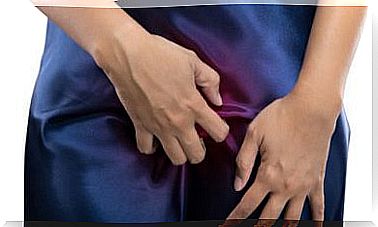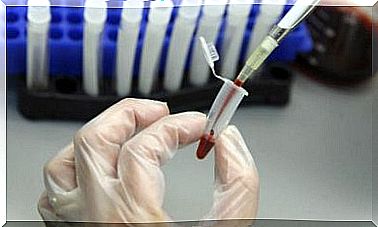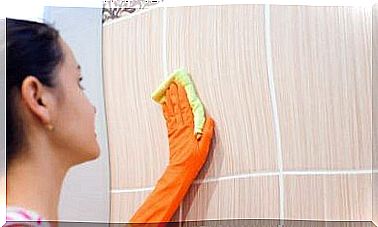Wound Closure And Cleansing
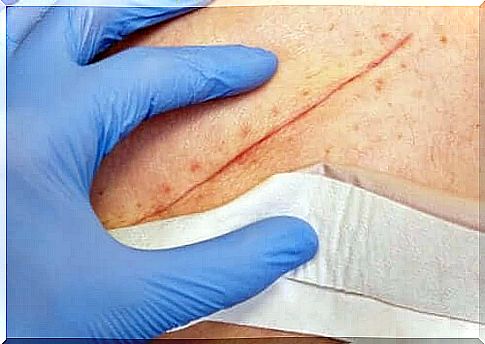
Wounds are always dangerous in the sense that various microorganisms can easily enter the body through them. Therefore, it is good to know how to close and clean the wound at home so that you can avoid the various complications that these skin injuries can cause.
Depending on the characteristics and type of wound, doctors or other professionals may either close the wound or allow it to close naturally. In the latter case, the body handles the wound closure itself.
As we know, most of the time no special procedures are needed to close the wounds, but in general if the wound is small, it can be treated at home, and if it is large and the bleeding cannot be stopped, it is advisable to go to the hospital. Currently, one of the most used techniques for closing large wounds is stitches. To take advantage of this method, there are many different stitching methods from which the physician selects the one that best fits the patient’s wound.
Read on for more information on wound cleansing and closure so you can proceed with the best way to treat damaged skin.
Wound occurs – what to do?

When a skin injury occurs that causes a wound, the body activates a process that allows the wound to heal.
The very first thing to do is to assess the size of the wound and whether it needs the help of a professional, i.e. possibly stitches. If so, get help from a hospital or health center.
If the wound is small and can be treated at home, first make sure it is clean. In this sense, a fresh wound is an easier task than a wound that has already dried, i.e. clean it as soon as possible.
You can use water and neutral soap, alcohol or wound disinfectant to clean it, depending on what you have in your home at the moment.
Wound closure and the healing process
Normally, wound healing or skin regeneration proceeds according to a specific formula consisting of the following steps:
- Inflammation. This phase can also be defined as a reactive phase and occurs during the first few days. In this case, the blood vessels dilate and their permeability increases. Thus, the serous fluid and leukocytes become filtered, and a protective layer (scab) forms on the skin.
- Renewal phase. This stage can also be defined as the granulation stage, and it occurs on the third day after the injury and receives its decision after 1-2 weeks. At this point, the body begins to produce collagen, which it has lost, and the lymphatics and blood vessels begin to recover.
- Maturation stage. This stage is sometimes referred to as the “remodeling stage” of the wound, and it begins a few weeks after the injury occurs and does not actually end until several years later. During this time, the scar shrinks in both depth and area, and when the process is complete, the patient will have a lighter color in the area of the former wound.
Wound closure and promotion of healing
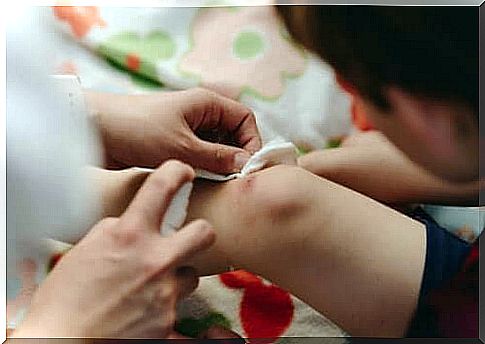
As said, it is always best to see a doctor if there is any clearly severe wound on the skin. The medical staff will be able to follow the appropriate procedure to treat the wound as required.
The patient may need to be anesthetized to close the wound without excessive pain. General or local anesthesia are both options. Anesthesia is performed by administering to the patient one or more drugs, such as lidocaine.
The wound is then cleaned thoroughly using sterilized instruments and saline.
Wound closure and various techniques
If necessary, a physician or other professional can use stitches or tape to connect the areas of skin that have been separated by the wound. Depending on the type of injury, the caregiver will then determine which type of stitches would be best to use :
- Wound tape. Hospitals use a variety of wound tapes, and if you treat your wound at home, you can use so-called “Butterfly patches”. It is used to make up the broken skin as well as possible so that the bleeding is stopped and the scar does not become very large.
- Separate stitches. These are small metallic wires that are as if in the form of a clip and prevent the edges of the wound from getting free in order to promote tissue healing and regeneration. These stitches should be taken off with a special tool used by professionals.
- Continuous stitch. There are a wide variety of yarns that caregivers can use depending on the skin tissue and the shape of the wound. In this case, a needle is needed which is used to close the wound along its entire length.
When it comes to wounds and home care, the following piece of advice should be kept in mind: it is a good idea to see a doctor as soon as possible so that the wound can be closed and cleaned as safely as possible. In this way, the patient can receive the best possible treatment, and thus problems in the wound area can be prevented and good skin healing can be promoted.
